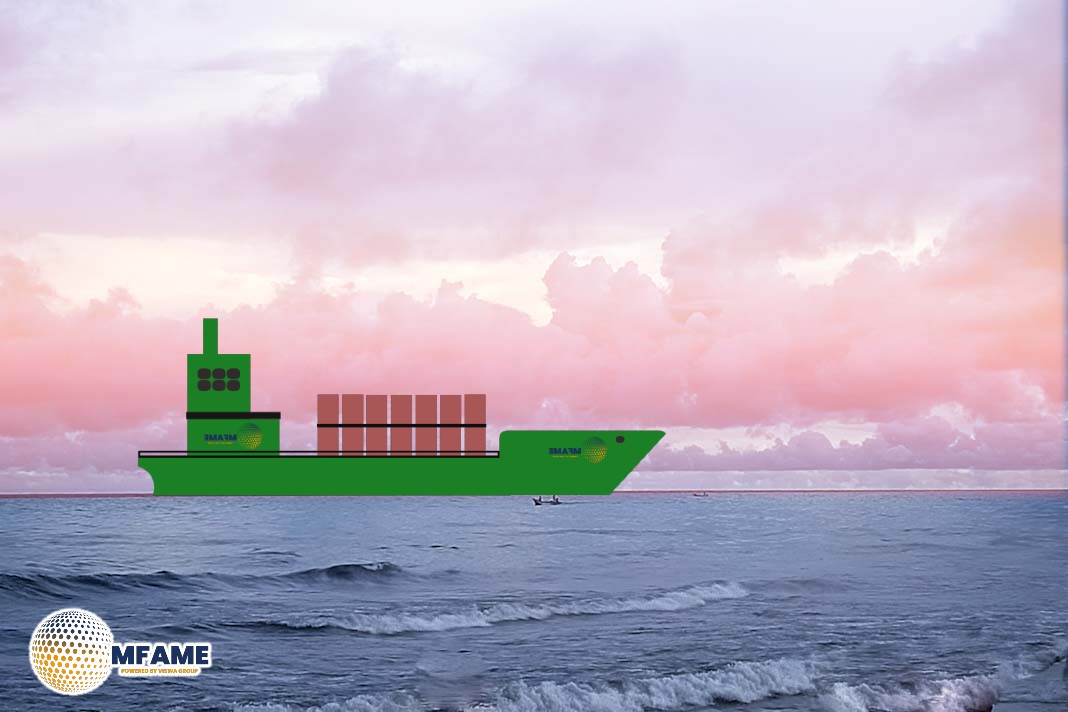A vigilant anchor watch is crucial for safe ship operations, regardless of location. It involves a combination of traditional seamanship skills and modern technology to ensure the vessel remains securely anchored in various weather and environmental conditions, reports The Nautical Institute.
Focus Areas Of Anchor Watch
A good anchor watch begins long before you drop the anchor. It starts with a thorough understanding of the anticipated conditions.
A comprehensive weather forecast is crucial. It’s not just a casual check; it forms the foundation of your anchoring plan. By carefully analyzing wind forecasts, you can anticipate shifts in wind direction and strength, enabling you to choose an anchoring location that minimizes the risk of dragging, such as a sheltered position or bay.
Understanding the tidal patterns is equally important. As water levels fluctuate, your vessel’s position will also change. Knowing the timing of high and low tides allows you to set a suitable scope and avoid potential groundings.
Furthermore, assessing the strength and direction of currents is essential. Strong currents can significantly impact your vessel’s position, even with the anchor set. The forecast can help you anticipate these currents and take necessary precautions, such as letting out more anchor chain or adjusting your anchor placement.
A solid understanding of these environmental factors – wind, tides, and currents – is crucial for a safe anchoring experience. However, this is just the beginning of your responsibilities as the anchor watch.
Monitoring Vessel Position
Once the anchor is deployed, maintaining a vigilant watch is crucial. While technology provides valuable tools, there is no substitute for direct observation.
Regularly check your vessel’s position by observing surrounding landmarks or other vessels. If you are anchored in a bay, select a few distinct landmarks on the shore and use them to monitor your vessel’s position. Any movement of these landmarks relative to your vessel indicates potential drift. Utilize the EBL (electronic bearing line) and VRM (variable range marker) on the radar to track the position of these landmarks.
Continuously monitor weather conditions. Be prepared for rapid changes in wind speed and direction, as these can significantly impact your vessel’s position. If adverse weather conditions are developing, take immediate action to ensure the safety of the vessel.
In busy areas, keep a close watch on the movements of nearby vessels. If another vessel starts to drag its anchor or approaches too closely, it could pose a significant risk to your vessel. Effective anchor watch requires constant vigilance, awareness, and a proactive approach. It’s not merely about sitting on the bridge; it’s about being constantly alert to any changes in the surrounding environment and responding accordingly.
Emergency Provisions
Even with careful planning and the implementation of effective monitoring systems, unforeseen situations can arise during anchoring operations.
If the primary anchor fails to hold, deploying a secondary anchor can be a crucial step in preventing significant drift. This action, however, requires careful consideration and should only be undertaken by experienced Masters.
Having the engines on standby provides an additional layer of safety. While starting the engines should be avoided if possible, maintaining engine readiness offers a valuable option for regaining control of the vessel in critical situations. If the vessel is experiencing significant drift despite the primary anchor, adding an extra anchor chain can increase holding power and improve the vessel’s stability in challenging conditions.
In extreme cases where other measures prove ineffective, raising the anchor and repositioning the vessel to a safer location may be necessary.
Crucially, if you are in danger of drifting, it is essential to alert other vessels in the vicinity. Utilize radio communication or visual signals to warn others and prevent potential collisions.
Ultimately, a successful anchor watch requires not only careful observation and planning but also the ability to react decisively and effectively when unforeseen challenges arise.
Did you subscribe to our daily Newsletter?
It’s Free Click here to Subscribe!
Source: The Nautical Institute


















